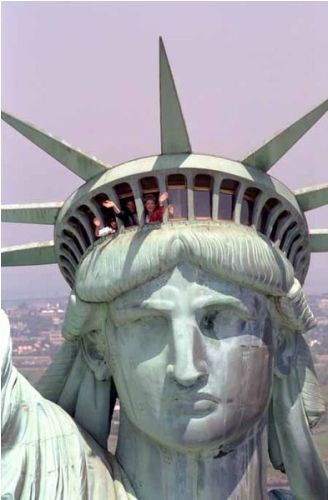

Of the fifty-six signers of the Declaration of Independence, four white men, Charles Carroll, Samuel Chase, William Paca, and Thomas Stone, represented Maryland’s interests in breaking away from Great Britain’s colonial rule and to embark on the creation of a new democratic government in America.ĭue to escalations in unrest associated with British occupation and taxation of the new colonies in America, lawyers, businessmen, and those well-connected and politically-minded throughout the original thirteen colonies, all white males, established the Continental Congress. Maryland Signers of the Declaration of Independence

If most of the signers were not great men, though some indeed were giants, the mixture of their talents and peculiarities, enthusiasms and uncertainties, insights and prejudices, when blended together in the heat of a Philadelphia summer 205 years ago, yielded a document that was great indeed.John Trumbull's painting Declaration of Independence, depicting the five-man drafting committee of the Declaration of Independence presenting their work to the Second Continental Congress. It is one of those stories that is neither provable nor disprovable, but which does not harmonize well with the other things we know of Jefferson's life. George Wythe of Virginia was fatally poisoned by a nephew, who was never convicted because the chief witness against him was Wythe's black cook and at that time blacks could not testify against whites in Virginia courts.Īnd what of the recurrent story of Thomas Jefferson's fathering five children by his slave, Sally Hemings? The late Fawn Brodie resurrected the tale some years ago, but she failed to convince any of today's leading authorities on Jefferson. Button Gwinnett of Georgia was killed in a duel. Philip Livingston of New York and Joseph Hewes of North Carolina died before the Revolution was over. Lewis Morris had a brother who was a brigadier in the British Army. Francis Lewis of New York lost his wife to the hardship of British imprisonment and a daughter married a British naval officer. Benjamin Franklin's son, William, was the last Royal Governor of New Jersey, and a Tory till the day he died. But Benjamin Rush refers to Thornton as a teller of hilarious stories that occasionally embarrassed his more sensitive listeners. Roger Sherman of Connecticut was famous for his brevity of speech he once dedicated a bridge by walking out on it, returning to the speaker's stand and announcing, ''I think it will hold up all right.'' Matthew Thornton of New Hampshire must have puzzled his associates somewhat. Jefferson was also a fine violinist, frequently taking part in string quartet performances. We all know of the scientific interests of Benjamin Franklin and Thomas Jefferson. Many individual signers are of interest in their own right. Morris, it would appear, served independence better by his presence at White Plains than would have been possible at Philadelphia. On July 9, 1776, a week after the Continental Congress had voted independence, and five days after the Declaration of Independence had been approved, this Provincial Congress released the New York delegates in Philadelphia from their standing instructions to abstain from voting on the question of independence.

Of special note is Morris's presence at the Fourth Provincial Congress at White Plains. Among the roles he played was that of county judge in 17. One of the signers, Lewis Morris, is a part of the heritage of what is now the Bronx, but was then Westchester County. On the other hand, Robert Morris and George Read both voted against independence, but then signed the document when the copy was presented on Aug. Robert Livingston of New York, a member of the five-man committee that drafted the Declaration of Independence, never signed it. Six of the signers showed their lasting involvement in the new national Government by participating in the Constitutional Convention of 1787 and signing that charter of our Government: Roger Sherman of Connecticut Benjamin Franklin, Robert Morris, James Wilson and George Clymer of Pennsylvania, and George Read of Delaware.


 0 kommentar(er)
0 kommentar(er)
